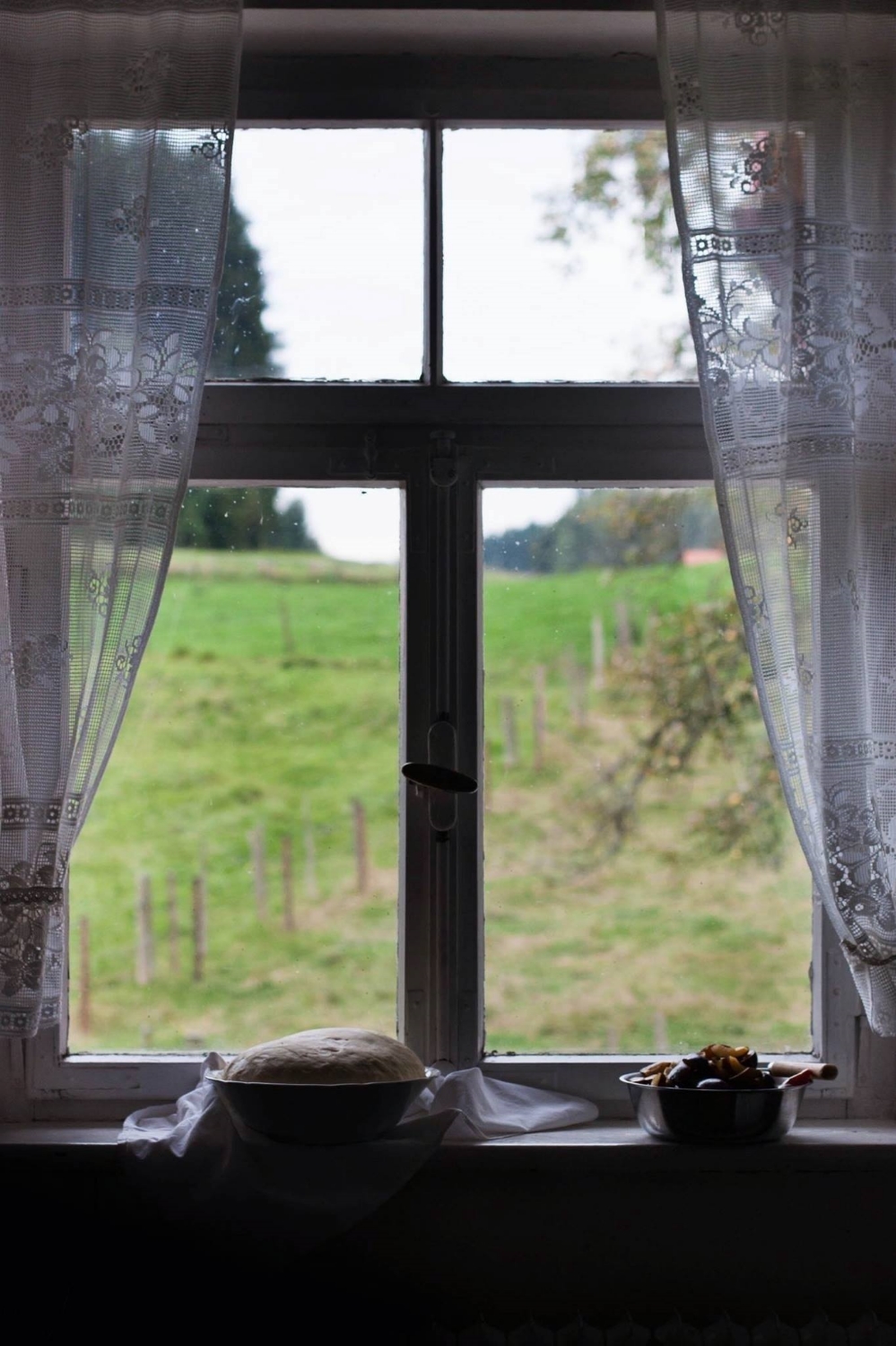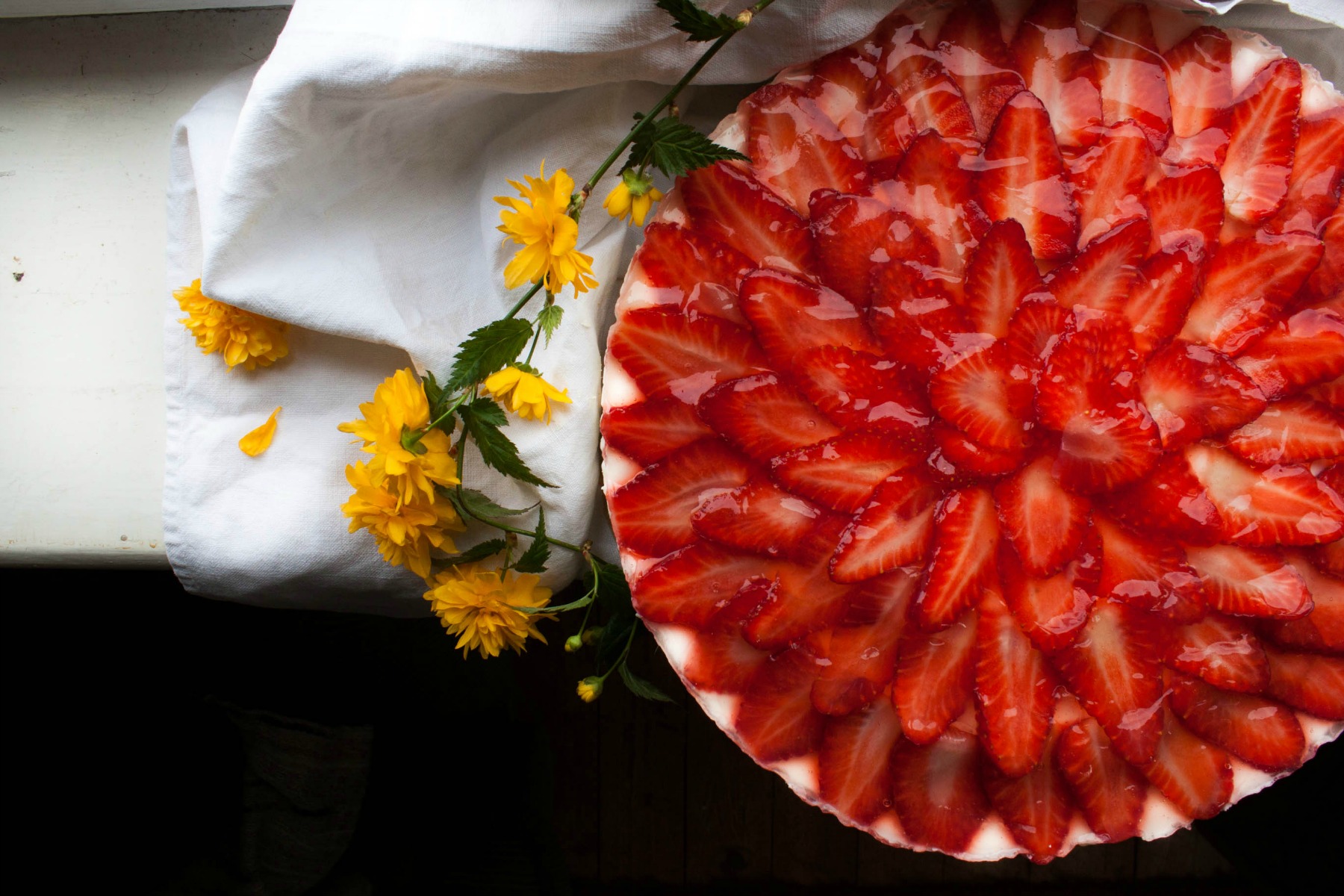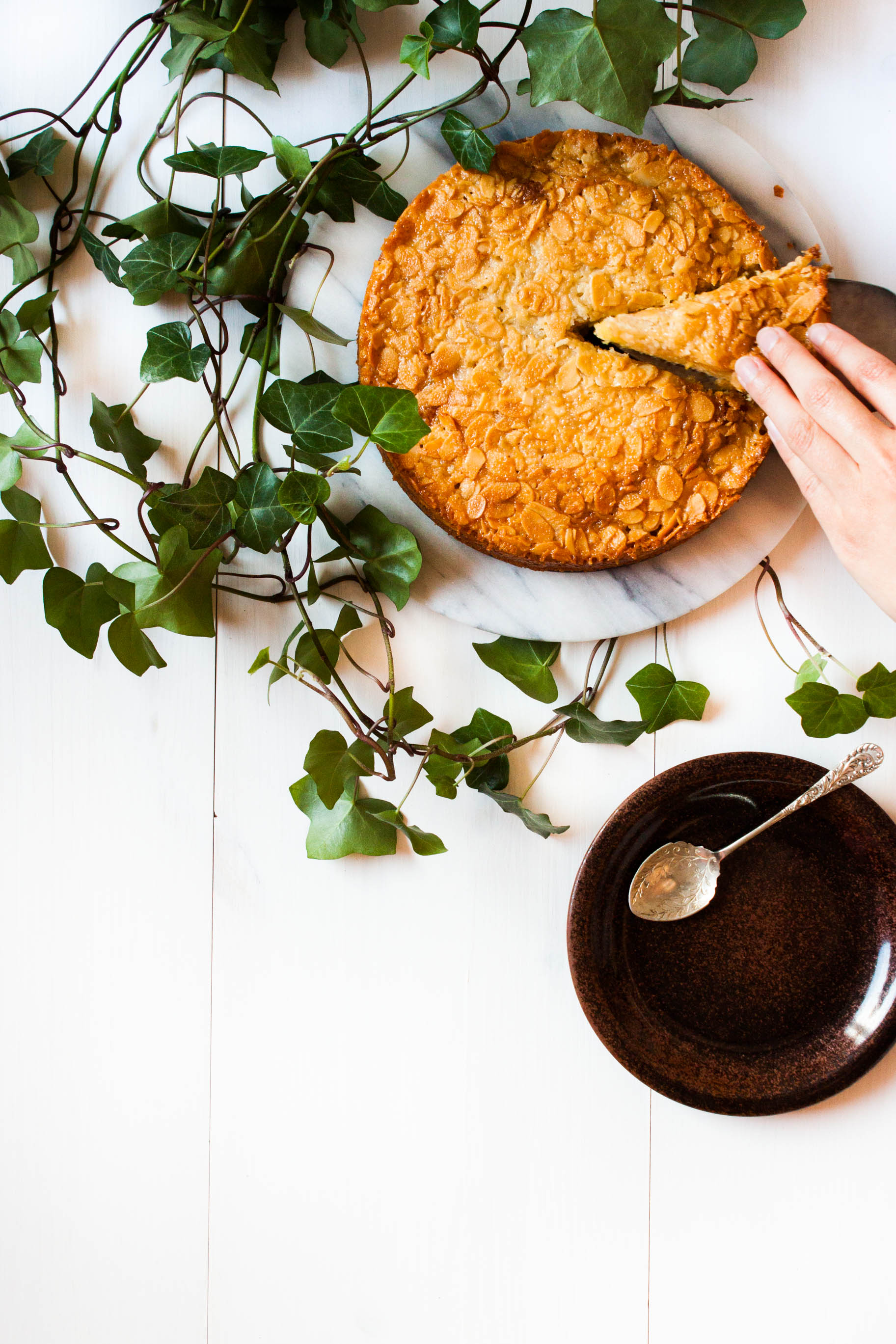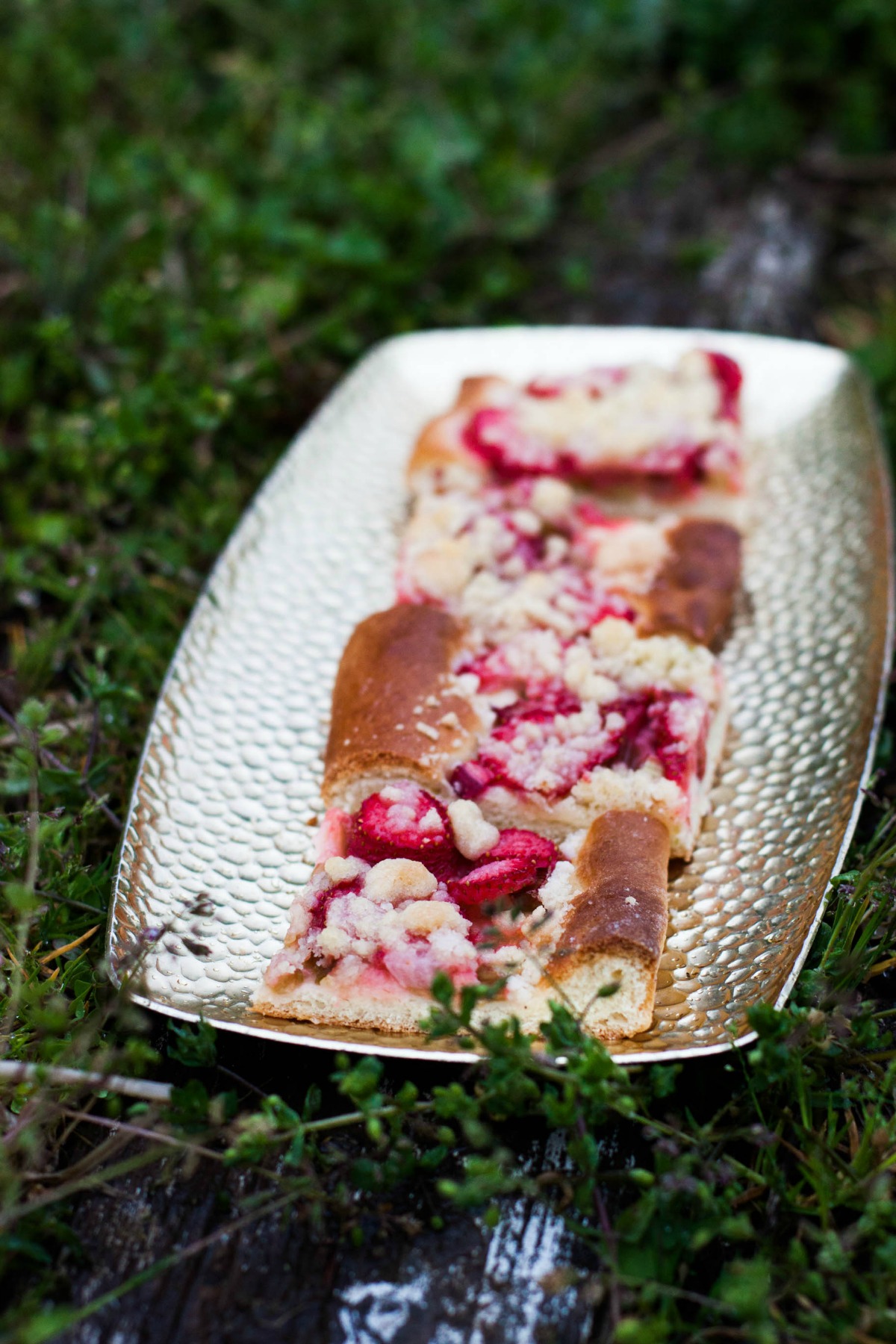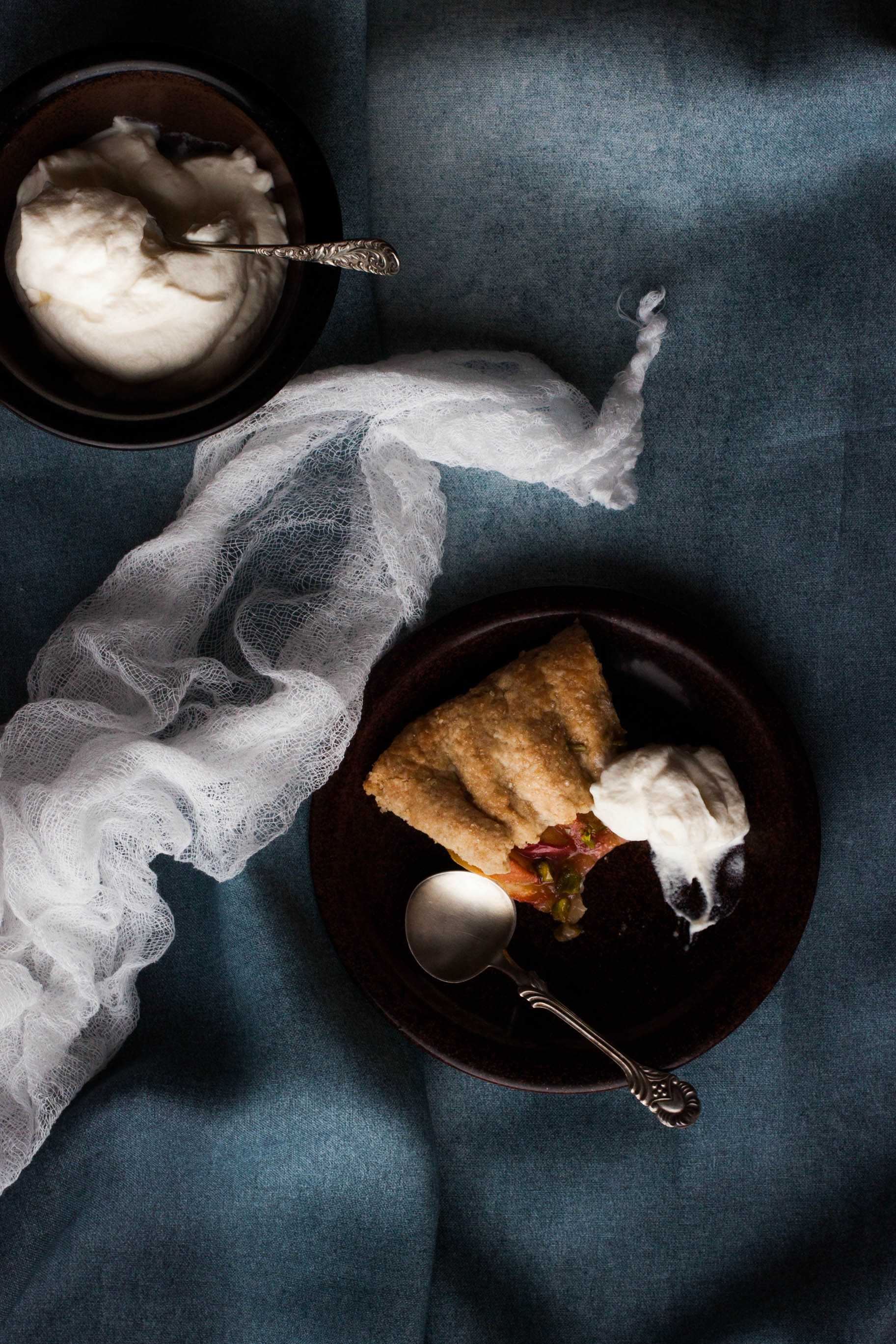+++
When I bake, my mind finds peace.
+++

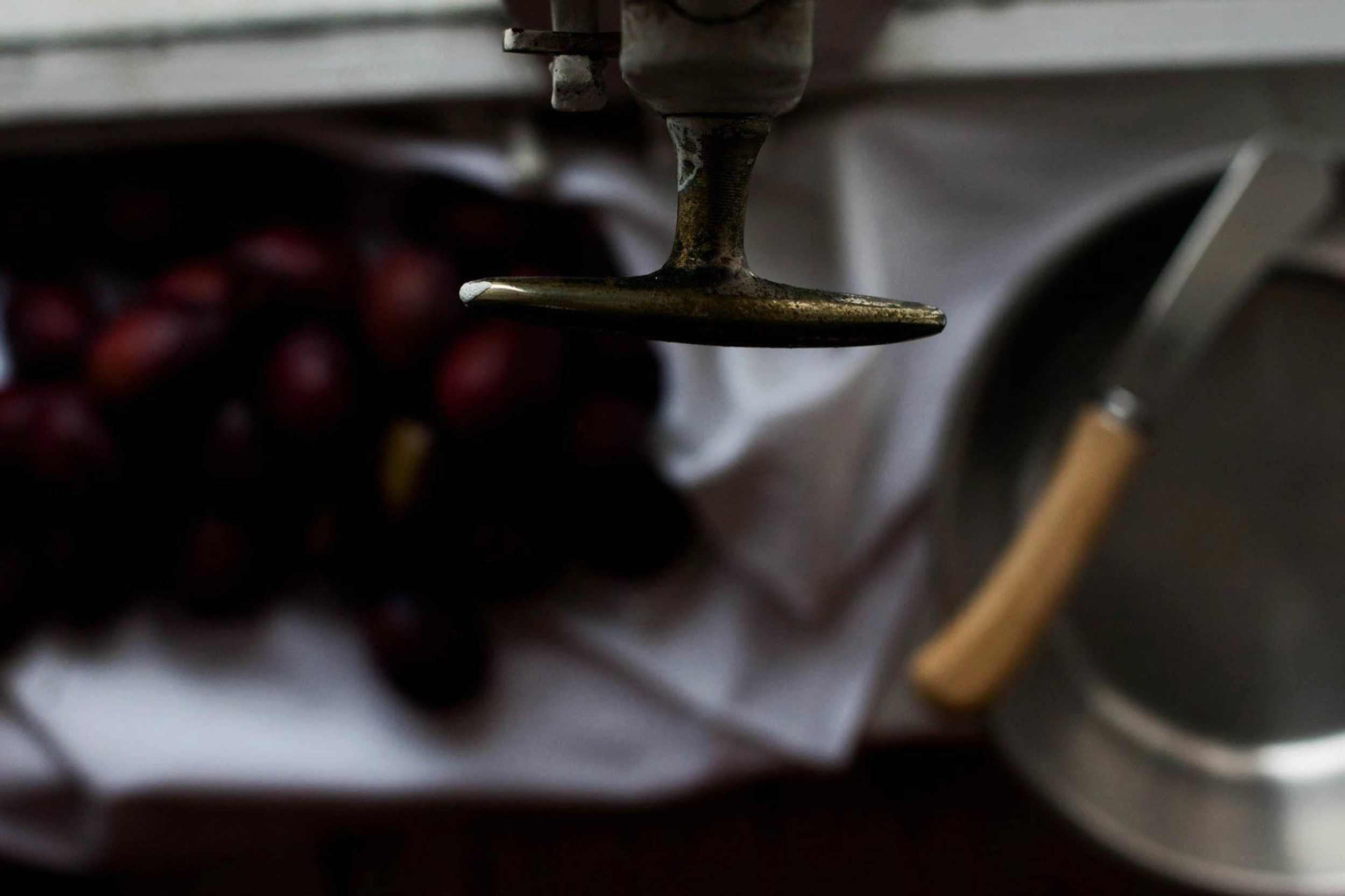
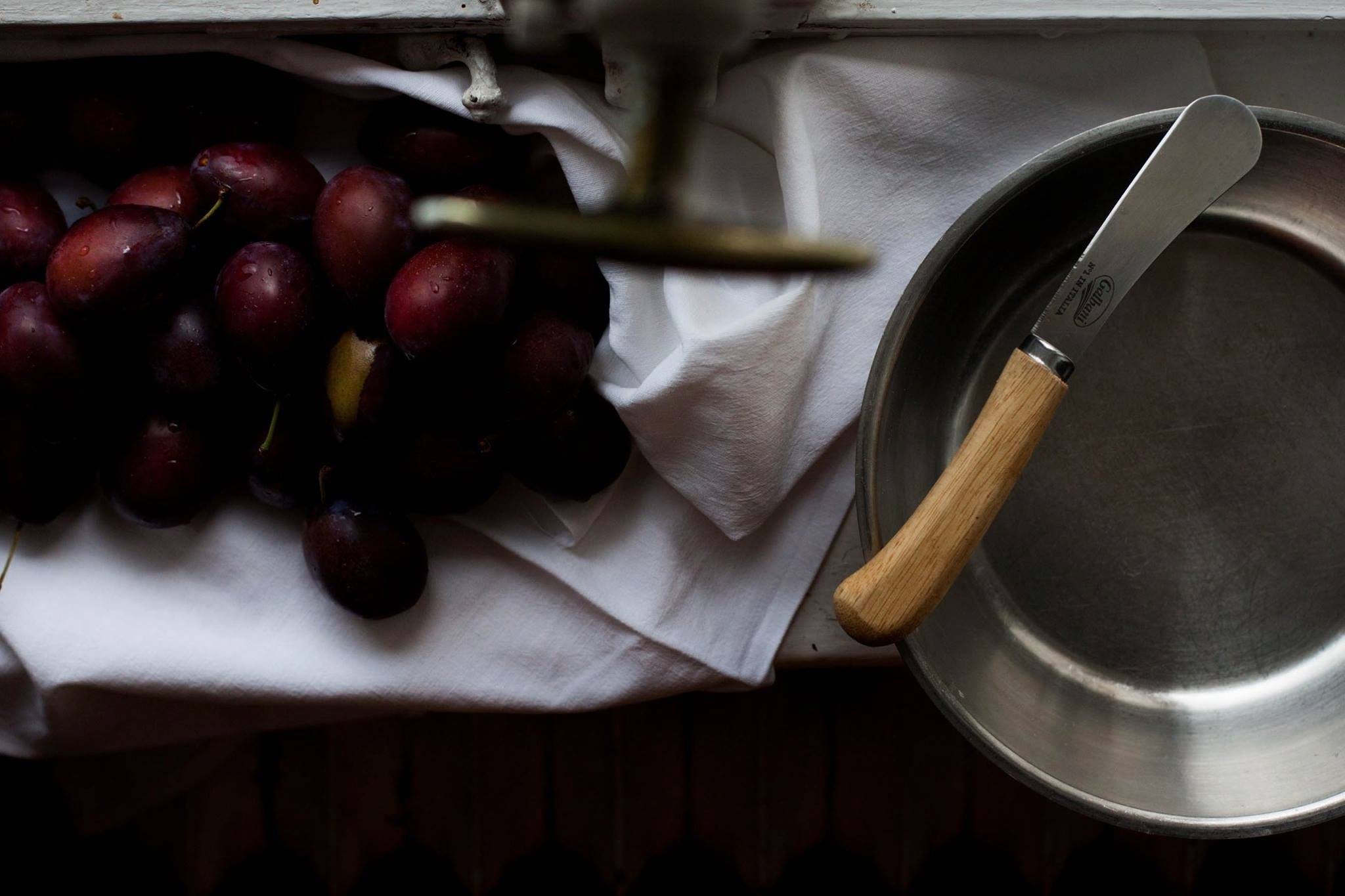
There's something about baking that calms me down even when my mind tries vigorously to solve out things that aren't really ones it can solve. Maybe it has to do with the familiar ritual of measuring flour, butter, and sugar. Maybe it's the rhythmical pace of kneading dough. Baking calms me down like nothing else, gives me comfort, makes me feel whole again. Whether in moments of pure joy or of sadness, you can find me in the kitchen with a bowl in my hands and flour in my hair.
I'm back at my most favorite kitchen window, my favorite spot to bake and take pictures. I'm kneading dough and quartering plums while enjoying the beautiful scenery; alps and cows. The light is, again, magical. Soft, clean, and welcoming. Perfect.
Prune plums, called Zwetschgen here, are in season from August to September. They are used to make one of my most favorite cakes, Zwetschgendatschi, a traditional plum sheet cake that is topped with lots of streusel or sliced almonds. I belong to that range of people who always choose a slice with streusel; maybe it's because my beloved late Oma made it that way. A generous dollop of whipped cream is almost mandatory, although, to be honest with you I was too lazy to whip cream this time, so I enjoyed the Zwetschgendatschi plain. And you know what? It was luscious.
This cake is basically the best thing you can do when you spot gorgeous prune plums at the farmers' market or have some sitting on your kitchen counter waiting for their destiny.
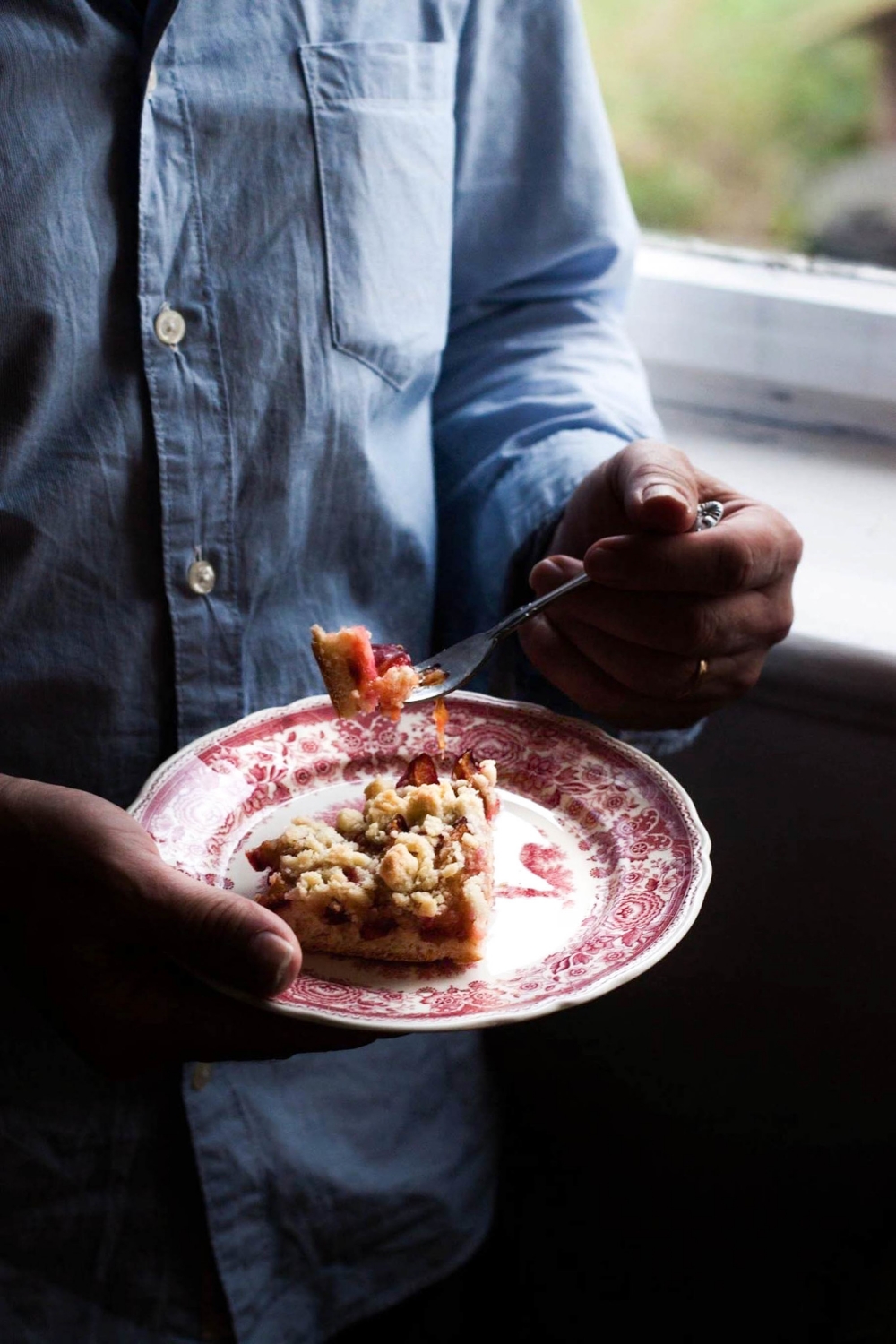

Zwetschgendatschi – German Plum Sheet Cake
The recipe yields one large sheet and is adapted from a handwritten note my Oma has given me years ago. It tastes just like hers did. This is not just a cake; it's an ode to her.
If you prefer a thinner crust, make the dough I used in this Rhubarb Strawberry Datschi – the result will be a more sophisticated, delicate Datschi with a higher fruit to crust ratio.
for the dough
250 ml (1 cup) lukewarm milk
21 g fresh yeast [or 7 g / 2 ¼ tsp (instant) active dry yeast, used according to packet instructions]
66 g (5 tbsp) granulated sugar
1 pinch of fine sea salt
1 tbsp vegetable oil, such as canola or olive oil
2 eggs (European size M; U.S. L) OR 1 egg (European size L; U.S. XL), at room temperature
~ 500 g all-purpose flour
for the streusel
230 g all-purpose flour
125 g granulated sugar
pinch of fine sea salt
125 g unsalted butter
for the topping
~ 1 kg (generous 2 lb) Zwetschgen (prune plums) or damson plums, quartered
2 tbsp granulated sugar
cinnamon
optional:
whipped cream, to serve
To make the dough
In a medium-sized bowl, combine milk and crumbled yeast. [If using instant active dry yeast, skip this step. Combine yeast with some flour and add to warm, about 42°C / 108°F, milk mixture just before adding the rest of the flour.] Stir until yeast is completely dissolved. Add sugar, salt, oil, and eggs. Whisk until combined. Gradually add flour and knead. Continue to knead and add flour until the dough comes clean off the sides of the bowl and doesn't stick to your hands. Note: You can make the dough in a stand mixer if you prefer.
Shape into a ball and cover with a clean kitchen towel. Let the dough rise in a warm place for about 1 hour, or until it's almost double in size.
Meanwhile, preheat the oven to 180°C / 355°F. Line a rimmed baking sheet with parchment paper.
To make the streusel
In a small bowl, combine flour, sugar, salt, and butter until you have a crumbly mixture. If not using immediately, put the bowl into the fridge until ready to use.
To assemble the Datschi
With a rolling pin, roll out the dough until roughly the size of the baking sheet. Spread out on the prepared baking sheet and pull into shape. Arrange the plum quarters in slightly overlapping rows (tightly and cut side up) over the dough. Leave a rim of about 1 cm / 0.5". Sprinkle with sugar and some cinnamon. Sprinkle the streusel over the fruit.
Bake for 25–30 minutes, or until the edges are dark brown. Let cool, cut into squares, and, if you like, serve with a generous dollop of whipped cream.
The Datschi will keep for up to 3 days and is, in my opinion, at its best on the second day when the flavors have developed.

